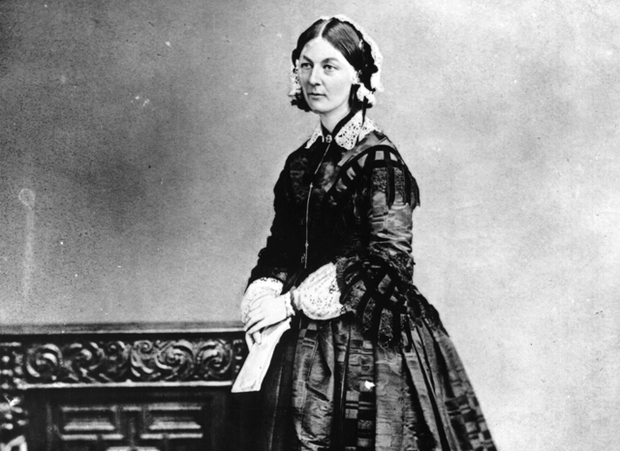When I was a manager of a team of nurses and social workers, collaboration existed in my direct report team, and as a team, we functioned using critical thinking, interdisciplinary team approach and collaboration on cases together. But in the big picture of corporate America under the manager that I reported to, this was not acceptable, it was more along the lines of a multidisciplinary team. In this type of team, you only have individual thinking in the group, meaning their way and no other opinions. The focus would be on tasks and check off systems regardless if it was feasible to do (Rubenfeld & Scheffer, 2014).
Nurses do have the ability to be leaders, educators and changers of a system, if assertive enough to make that change, but in order to do so, a good team of interprofessional people is needed (Denisco & Barker, 2012). Because at the end of the day, the patient is who counts and why changes are necessary. If more companies were focused on having a management style that was transformational vs transactional, this would alleviate the unnecessary resignation of employees, corrective action plans and disgruntled employees.
In my team, for instance, a good way that we incorporated learning was to have one person do a case study every week. They would team up with another person on the team to present the case study on a difficult patient. During this time the team had the ability to comment on the case, make suggestions and also refer to our medical director for review. This allowed me to mentor the nurses and social workers during our weekly meetings so that we could continue to go over any other cases that may have been difficult or of concern to them.
References
Denisco, S. M., & Barker, A. M. (2012). 25. Advanced practice nursing: Evolving rules for the transformation of the profession (2nd ed., pp. 547-567). [Vital Source Bookshelf] Retrieved from https://campus.capella.edu/web/library/home
Rubenfeld, M. G., & Scheffer, B. (2014). Critical thinking and patient-centered care. Critical thinking tactics for nurses: achieving the IOM competencies (3rd ed., pp. 155-180). [Vital Source Bookshelf]. Retrieved from https://campus.capella.edu/web/library/home













